We’ve all heard that caffeine can have an impact on our health.
Perhaps, like us, you’re looking for the energy boost caffeine can give, but you’re worried about its side effects.
If that’s the case, you need to understand how much caffeine in drink and food you’re actually consuming.
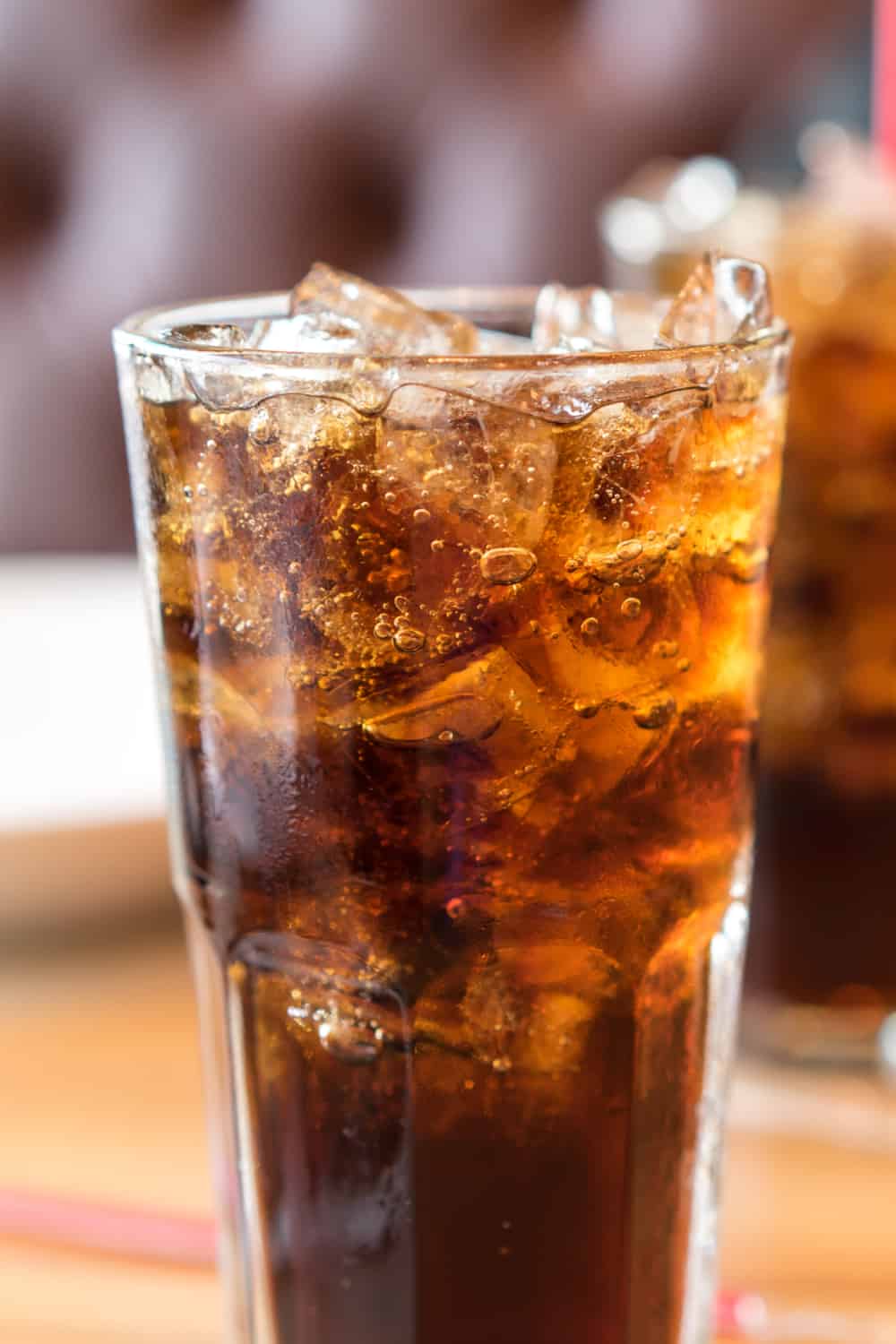
You might think the answer is simple: don’t drink too much coffee and you’ll be fine. But the reality is a lot more complex.
We want to give you the know-how to make informed choices about your caffeine consumption.
Read on for top 8 drinks and foods that with the most caffeine in your everyday diet.
Table of Contents
1. Coffee is the top contributor of caffeine to American diets
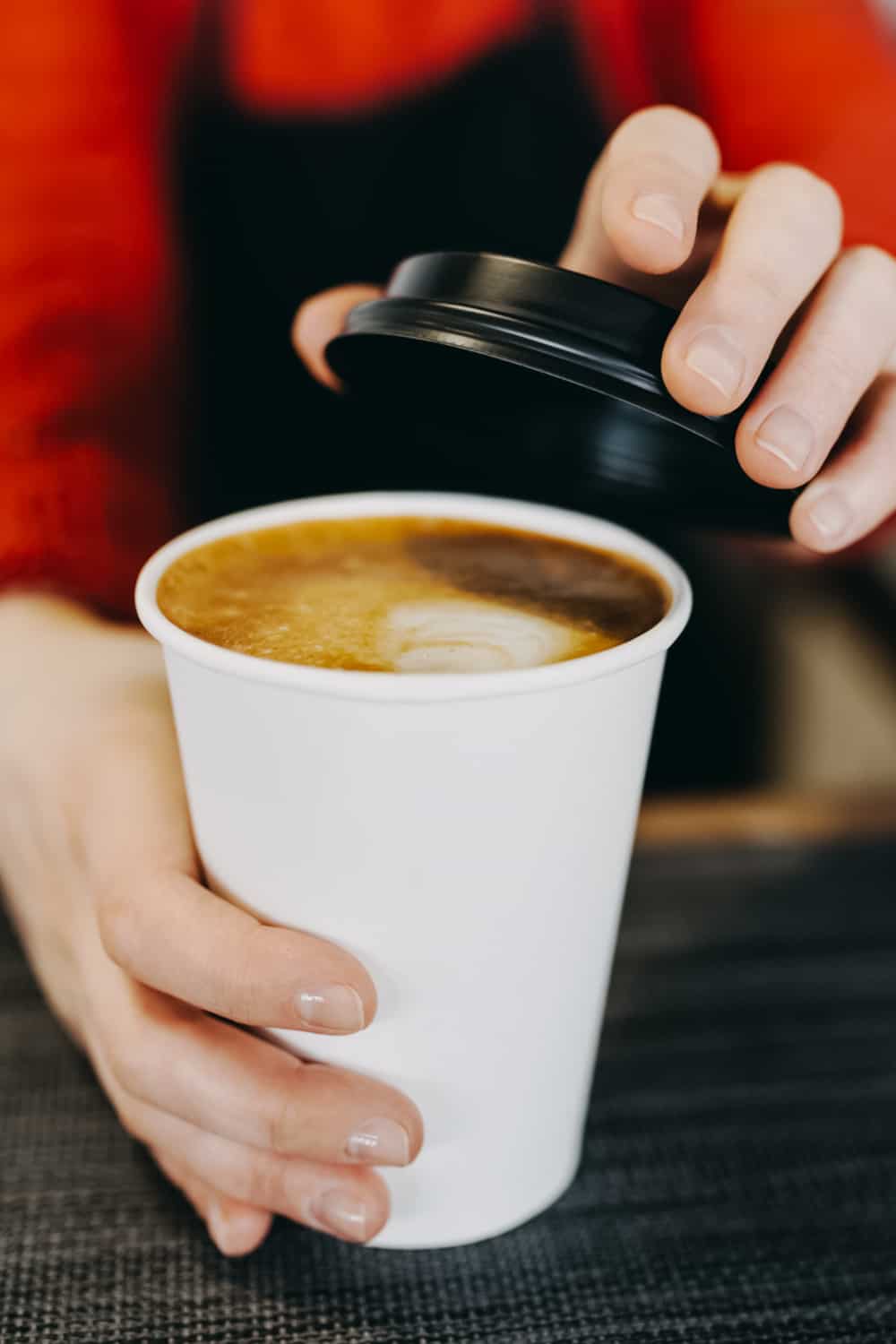
Coffee contributes more caffeine to the average American’s diet than any other food or drink. It accounts for no less than 64% of total consumption. That’s more than three times as much as the next biggest contributor, tea (1).
If you’re looking to cut down your caffeine intake, it’s the obvious place to start. But think carefully about how you do it. The amount of caffeine varies widely between different coffee choices – and some of the differences may surprise you.
The variety of coffee bean can itself make a big difference. Robusta has more caffeine than Arabica. Even the species matters: the Tanzania Peaberry bean contains 1.4% caffeine while the Yemen Mocha Mattari has just 1% (2).
Then there’s brewing style and serving size. If you tend to get your coffee from coffee shops, don’t assume they have an “average” level of caffeine.
The US Department of Agriculture states that there’s 64mg of caffeine in one fluid ounce of espresso. However, a test of coffee shop brews found they varied from 58mg to 185mg (the latter was for a double shot).
And although espresso may give you a stronger caffeine kick than other types of coffee, don’t be fooled. That kick is the result of the caffeine being concentrated in less liquid and drunk more quickly. You’ll actually find more caffeine in a standard serving of drip coffee.
So if you want a caffeine buzz in the morning, your best bet is to stick with a single shot of espresso. Just make sure you’ve checked the serving size with your barista!
2. Decaf coffee still contains caffeine
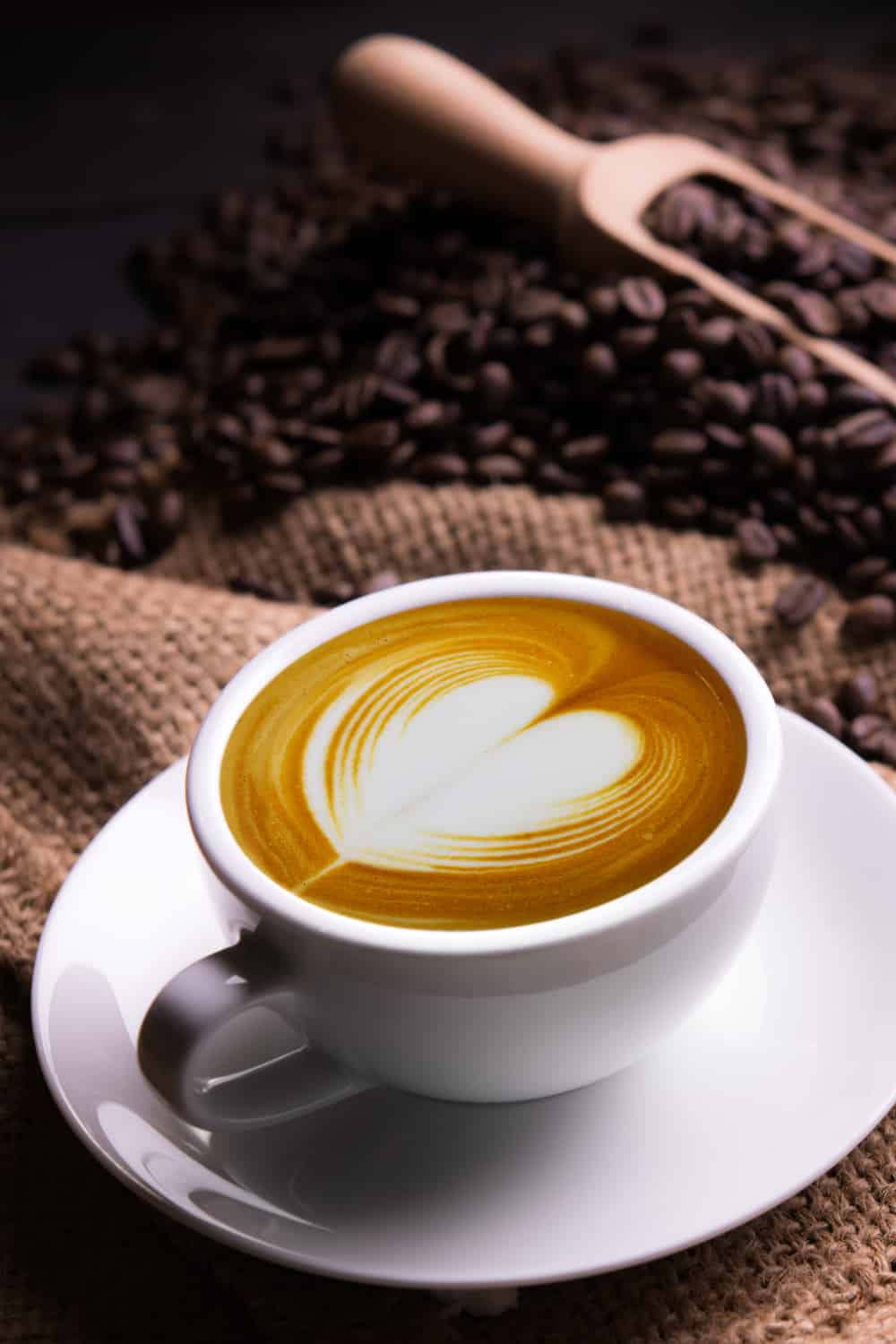
If you’ve switched to decaffeinated coffee to reduce your caffeine intake, that’s great. Just remember, it’s not a free pass to drink as much coffee as you like! It still contains caffeine, so you still need to keep an eye on how much you’re drinking.
Legally, for a coffee to be called decaffeinated, it must have had at least 97.5% of its original caffeine content removed. There are no rules, though, to say the labeling must show the amount of caffeine that remains.
As we’ve seen already, that amount will vary down to the species of the coffee bean. So if you’re making your own decaf, check the beans – and, of course, the serving size – to minimize the caffeine content of your drink.
If you’re buying your dark decaf beans at a coffee shop, the same issue applies as for any other coffee. The amount of caffeine can vary widely from place to place.
In 2006, scientists from Florida University purchased 10 cups of decaf coffee from different coffee shops and restaurants. The amount of caffeine in the 16-ounce drinks varied from 8.6 to 13.9mg.
The scientists concluded that someone drinking 5 to 10 cups of decaf could be consuming the same amount of caffeine as in 1 or 2 regular coffees (3).
So while switching to decaf is a good option to cut down on caffeine, it’s not the same as going caffeine-free.
3. When measured by dry weight, tea has more caffeine than coffee
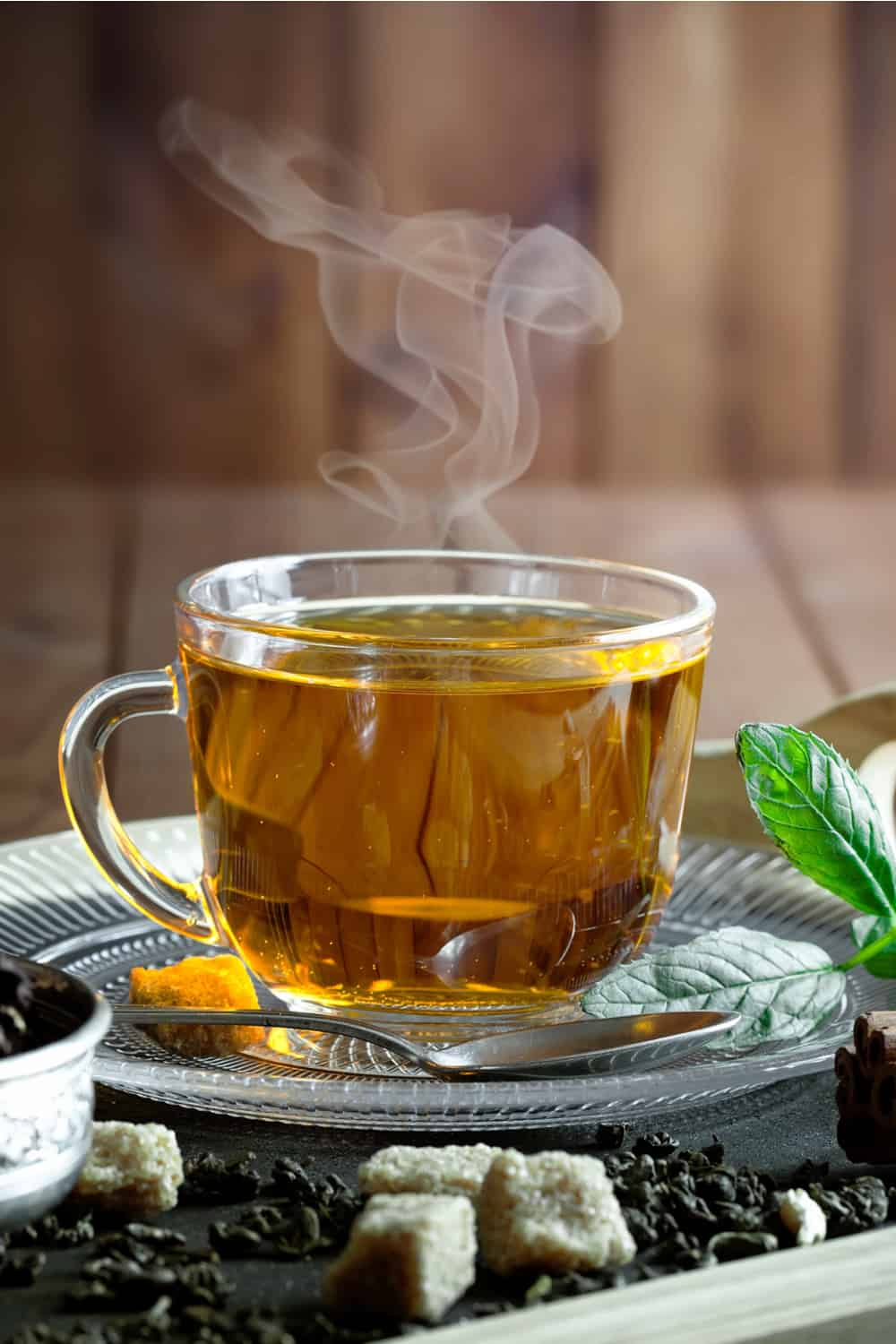
After coffee, tea is the biggest contributor to caffeine in people’s diets. 18% of the average American’s caffeine intake comes from tea.
In fact, by dry weight, tea actually contains more caffeine than coffee. However, as tea is diluted far more than coffee, its caffeine content is lower. A 2004 study found 40mg of caffeine in the average cup of black tea, compared to 105mg in drip coffee.
As with coffee, different factors determine the amount of caffeine in your cup of tea. Different species have different amounts of caffeine, and even the age of the leaf has an effect. Younger leaves usually have a higher caffeine content than those picked from further down the plant .
The more tea used per cup, the more caffeine there will be in the finished drink. Black teas take about 3g of tea leaves to make one cup. It can be just two thirds that amount for white tea (4).
Other factors include the temperature of the water used to brew the tea, and how long it’s infused. Higher temperatures and longer brewing times will increase the amount of caffeine released into your drink.
Lastly, the caffeine in tea reacts differently with the body than that in coffee. That’s because tea also contains antioxidants and an amino acid called L-theanine.
The antioxidants slow the release of caffeine into the bloodstream whilst the L-theanine has calming properties. The combination provides for a longer period of alertness with no “crash” at the end.
4. All Colas are not the same
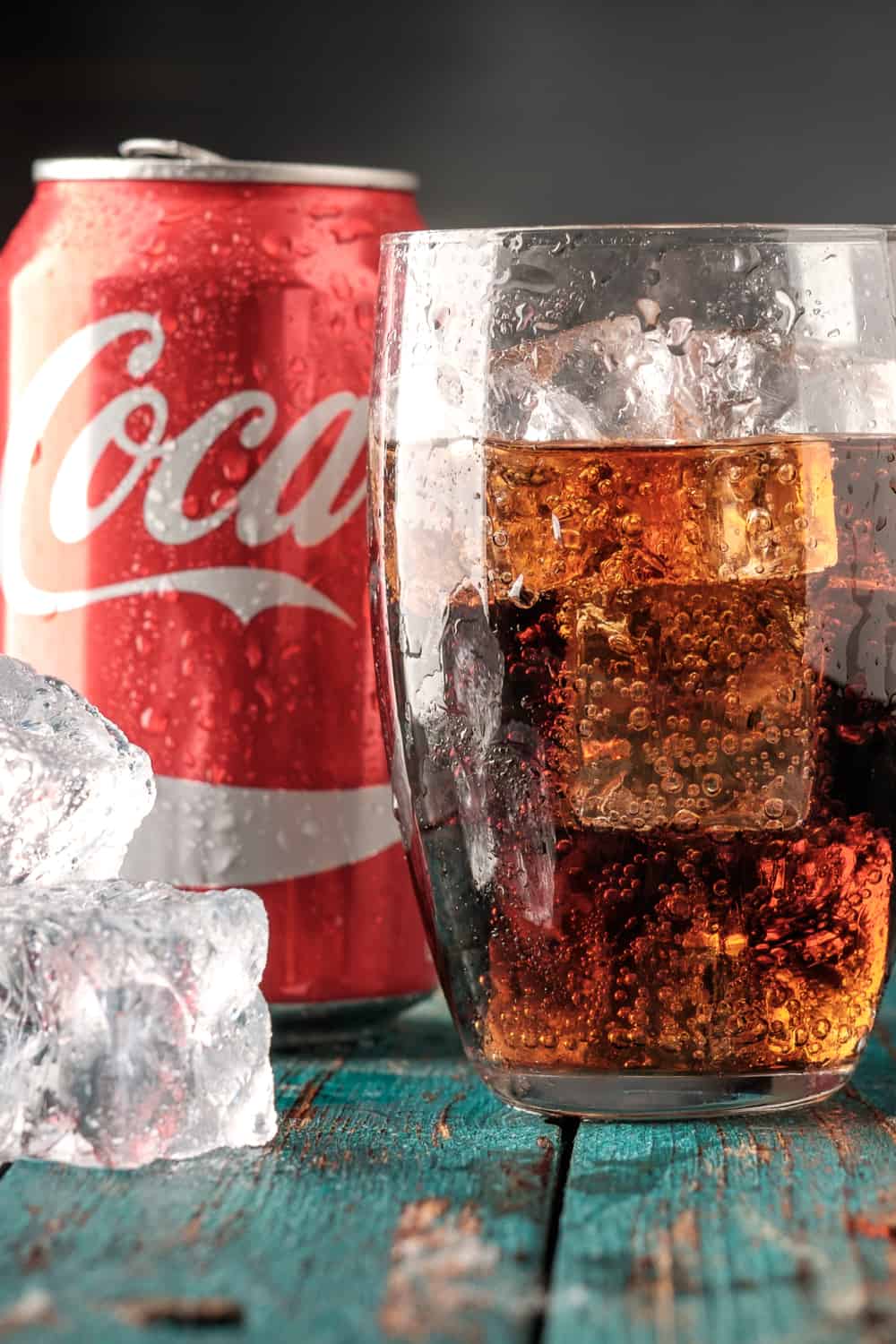
Most of us know that cola also contains caffeine. But how much?
The answer is – it depends on what type you buy. Fortunately for us, the website www.caffeineinformer.com carried out a comprehensive survey of cola types. They measured the amount of caffeine in 12 ounces of each drink, looking at both big brands and stores’ own labels.
According to their list, the king of the caffeine carriers is Pepsi One. When tested under laboratory conditions it was found to contain a hefty 57.1mg of caffeine. That compared to just 10.3mg in the least caffeinated branded cola, Ritz Cola, and only 4.9 mg in private brand IGA Cola.
With such huge differences, the first task for anyone concerned about their caffeine intake is to check the list. As it shows, there are lots of options to cut your caffeine.
But why does cola contain caffeine in the first place?
Originally, it came from the kola nut used in traditional recipes. The nut, though, hasn’t been used in cola for many years. Drinks manufacturers claim that caffeine is used to replace its flavor (5).
However, a number of scientific studies have found no evidence that caffeine enhances the flavor. In 2006, scientists Keast and Riddell conducted over 1,600 taste tests. They found that the tasters couldn’t distinguish between caffeinated and decaffeinated cola at all (6).
It’s been suggested that the real reason caffeine is included in cola is because of its addictive properties. So now you know: you really can switch to non-caffeinated cola without sacrificing flavor.
5. Some energy drinks have ultra-high caffeine levels
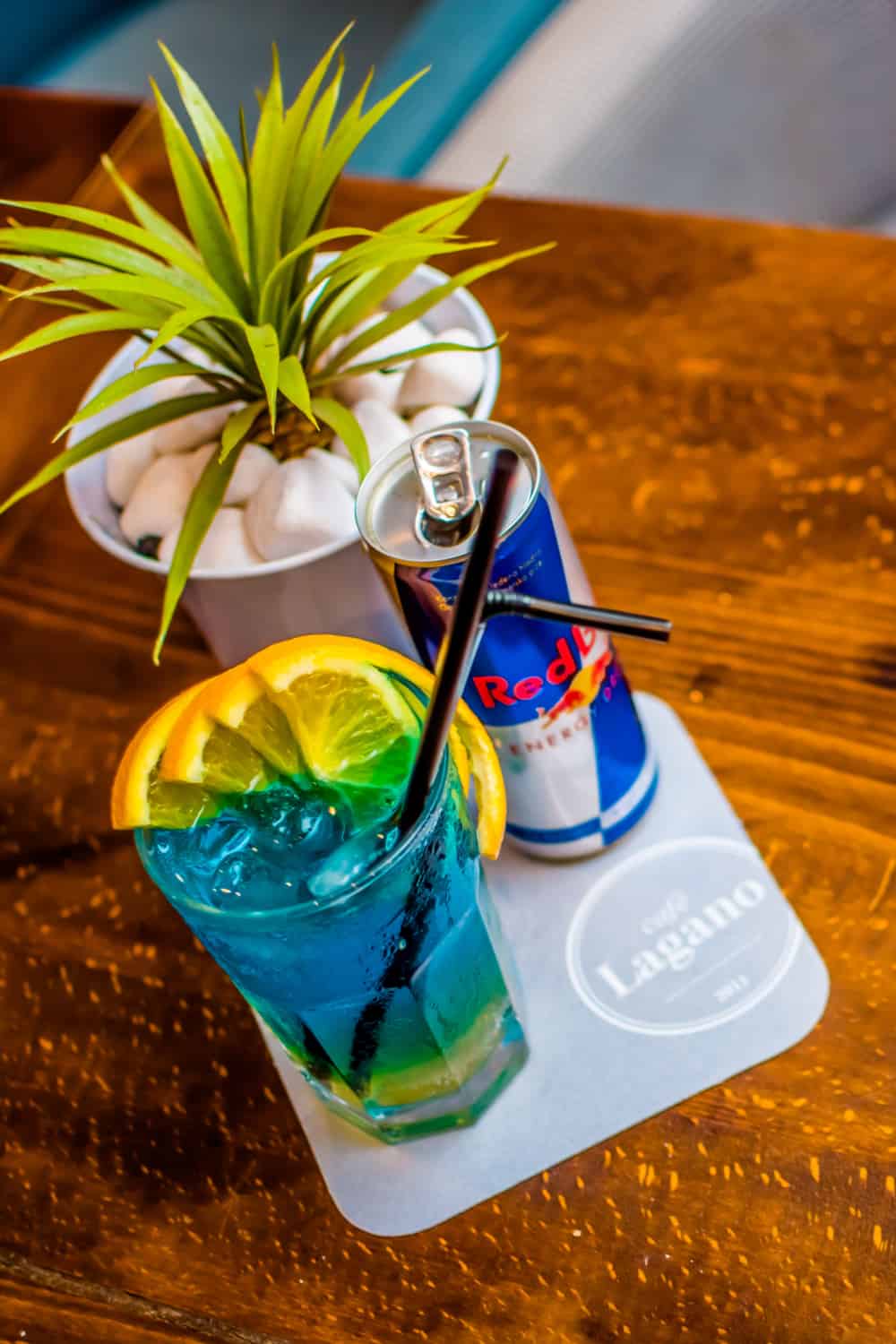
Given caffeine’s energy-boosting properties, it’s not surprising that it’s a staple ingredient in energy drinks. But the variation in caffeine levels between different brands is eye-watering.
Red Bull, the world’s top-selling energy drink brand, has surprisingly low caffeine content. Several years ago, the company decided to limit the caffeine in its products to 80mg per 8.4 fluid ounces. That means it has less caffeine than a standard home-brewed drip coffee.
But plenty of other energy drink brands have taken a different approach. New “energy shots” are designed to be drunk in small quantities, but have extremely high caffeine levels.
With names like Ammo and Monster Hitman Sniper, they equate caffeine consumption with masculinity. Ammo comes in a tiny 1 ounce can but packs in 171mg of caffeine. That’s more than twice as much as in a whole can of Red Bull (7).
The amount of caffeine most healthy adults can consume without side effects is generally considered to be between 300 and 400mg a day. Drinking just two tiny cans of Ammo would take you over that lower limit. More importantly, you’d be drinking your whole daily allowance in two highly concentrated doses.
It’s also important to remember that energy drinks contain lots of other ingredients besides caffeine. Those ingredients can affect how caffeine is absorbed into the body. The herbal supplement guarana, for example, increases the amount of caffeine the body metabolizes.
The message is clear: energy drinks with ultra-high caffeine levels should be handled with care.
6. Dark chocolate has more caffeine than milk chocolate
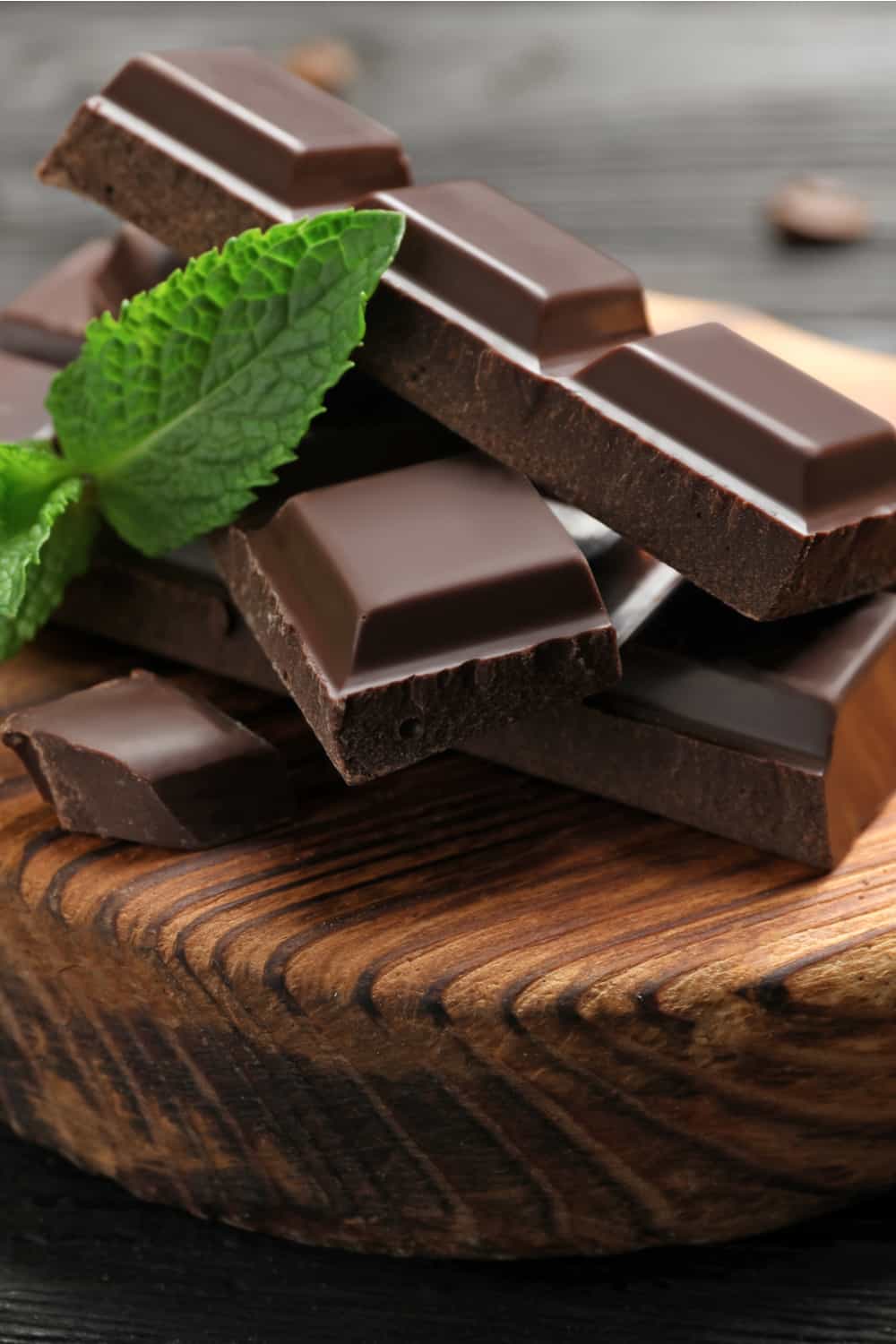
Another natural source of caffeine is the cacao bean, from which chocolate is made. It’s fairly mild in comparison to others on this list – a typical cacao bean has less than 20% of the caffeine in a single coffee bean.
As with other natural sources, however, the amount of caffeine will vary according to different factors. The variety of bean and the length of time for which it’s fermented will both have an effect.
The way that the beans are processed is another variable. Most of the caffeine in the cacao pod is in the shell and membrane surrounding the bean. If both of these are removed before the bean is processed, it’s likely that very little caffeine will remain.
As long as you’re not sensitive to caffeine, you can probably live without knowing the precise amount in your chocolate bar. As a guide, the FDA states there’s 43mg of caffeine in 100g of dark chocolate and 20mg in the same amount of milk chocolate.
Broadly speaking, the darker the chocolate, the more cocoa solids – and hence the more caffeine – it will contain. If you have a sweet tooth and want to avoid caffeine altogether, choose white chocolate. No cocoa solids are used to make it, just the fat of the cocoa bean, known as cocoa butter. That means the finished product will have only a trace of caffeine if any at all.
7. Flavored ice-cream can have caffeine too
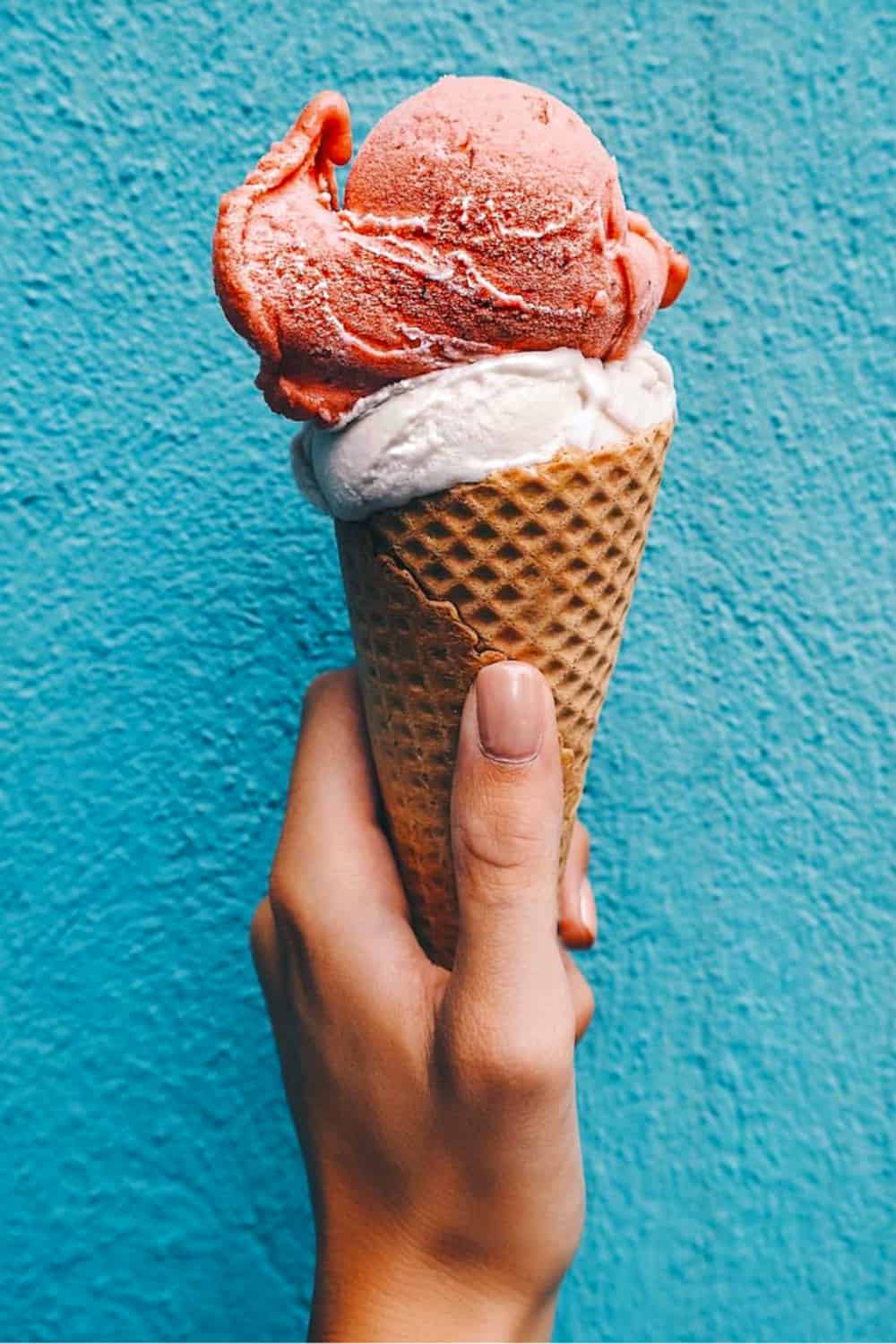
It may surprise you, but if your ice-cream is flavored with coffee or chocolate, it will contain caffeine too.
Coffee flavors give more of a caffeine injection than chocolate. A 4 ounce serving of Häagen Dazs coffee ice-cream contains 29mg of caffeine. The same serving of the same brand of chocolate ice-cream, however, has less than 1mg of caffeine (8).
The same goes for yogurt and frozen yogurt. If coffee or chocolate have been used in the flavoring, expect the finished product to contain some caffeine.
Neither ice-cream nor yogurt, though, contain caffeine by themselves. That means there’s a world of flavors out there to enjoy without having to worry about your caffeine levels.
8. Vegetables can affect your caffeine levels
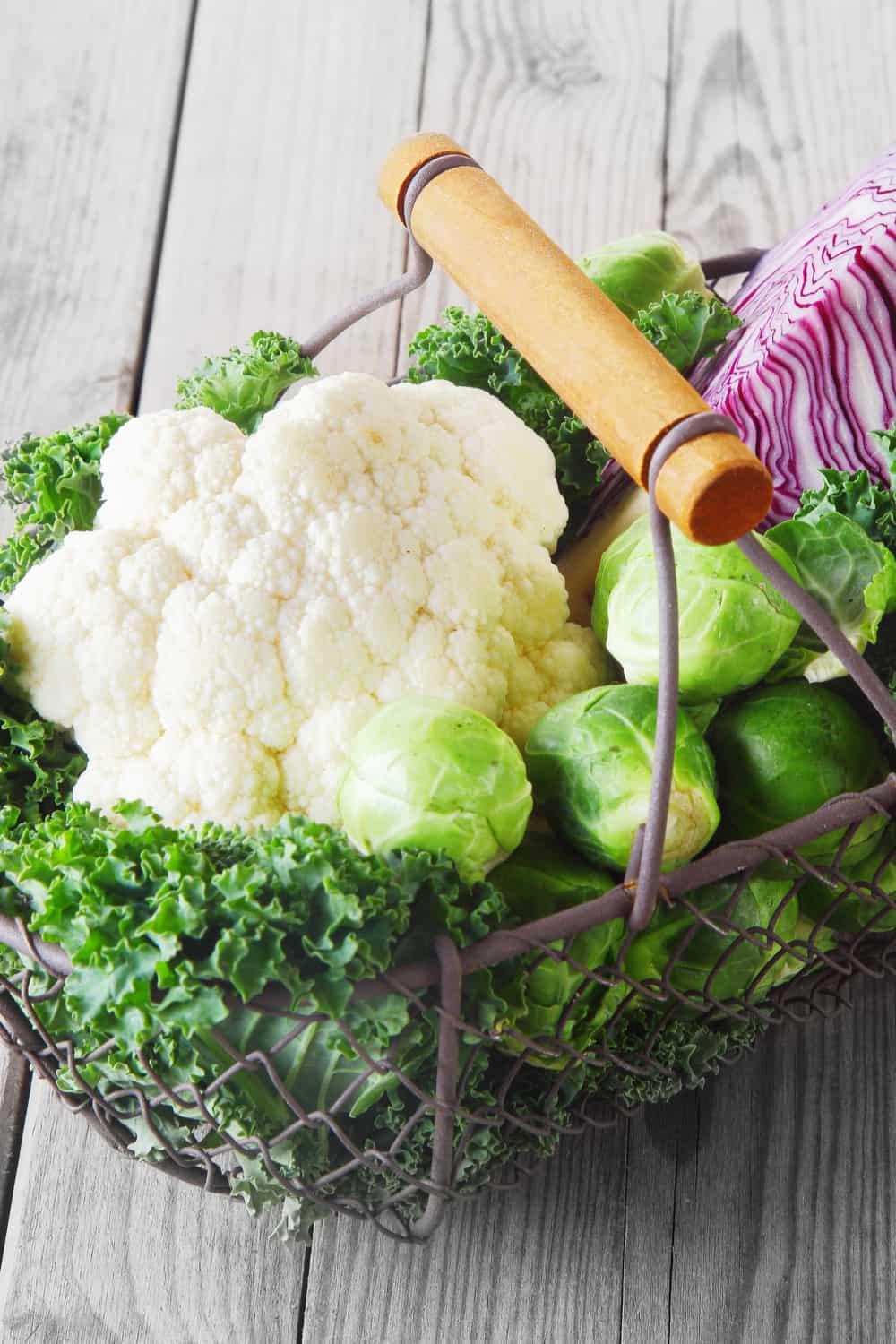
You’d never heard that vegetables contain caffeine? That’s because they don’t. But incredibly, different vegetables can increase or decrease the rate at which it’s absorbed into the body.
A 1992 study found that brassica vegetables – which include sprouts, broccoli, cauliflower, and rocket – speed up absorption. The scientists guessed that this was because after eating these kinds of vegetables your intestines become more permeable. That, in turn, makes them absorb caffeine at a faster rate (9).
If you think this is an excuse to avoid eating your sprouts, think again! The effect was short-lived. When people who’d eaten a brassica diet were given caffeine 3 hours afterward, it was absorbed into their bloodstream more quickly. But when the interval was increased to 12 hours, there was no effect.
Other kinds of vegetables had the opposite effect. Apiaceous vegetables – like celery, carrots, fennel, and parsnips – were found to decrease caffeine sensitivity (10).
Conclusion
We hope you’ve enjoyed our list of caffeine facts.
Moderate caffeine consumption is fine and may even be beneficial. Too much, on the other hand, can lead to health problems. We hope that sharing information on dietary sources of caffeine will help us all effectively manage our intake – and our health.
Please tell us what you think in the comments. And if you’ve enjoyed this article, why not share it with others?
Great read! Very informative and well written! I so learned a lot from this especially about caffeine! Thanks for sharing!
Nice… I’ve been looking for a drink to help me not to sleep at night.. and monster was mentioned there, I think I’ll stick with that… Thanks for this article
I never knew that vegetables can have an effect on your caffeine levels. That’s crazy!